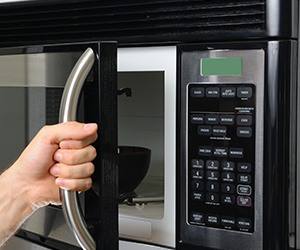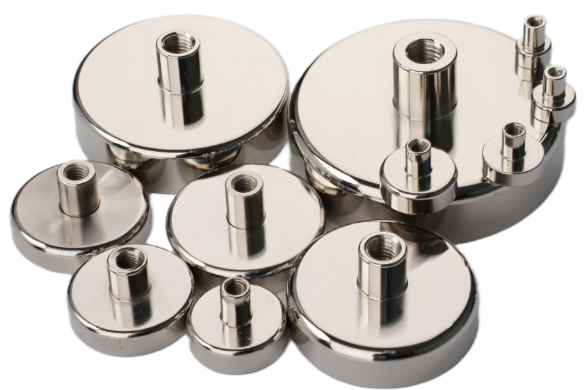How To Select Magnets for Household Appliances
There are some factors when choosing magnets for household appliances.
1. Voltage: The voltage source of the electromagnet for household appliances determines the coil winding to be used in the appropriate electromagnet. The rated voltage of common DC and AC power supply is DC6, 12, 24, 36 and 48 V, AC110V, AC220V, etc. AC and DC electromagnets are most commonly used in household appliances. AC electromagnets usually require twice as much power as DC electromagnets.
2. Temperature: The temperature of the environment where the electromagnet is located and the heating of the electromagnet itself should be taken into account when the electromagnet is working. Coil resistance varies with temperature, which affects force output. The self-heating temperature is determined by the load cycle. When the temperature is over 20 ℃, the rated resistance will increase by 0.39% for every 1℃ increase, which reduces the output of force or torque.
3. Working time/speed: The factors affecting the time and speed of household appliances electromagnets include load quality, available power, and travel. Blackout also plays an important role. Blackout is affected by the air gap, coil suppression, slider or armature relocation mechanism, and residual magnetic force.

Air gap refers to the space in which the armature is allowed to move without interference and the flux is allowed to flow with minimum resistance. The smaller the air gap is, the longer it takes to weaken the magnetic field produced by the excitation coil. This leads to a longer power outage time. To ensure the safety of switching components, it is necessary to use electronic protection components to reduce the spike pulse caused by the interruption of coil current. Coil suppression often increases the power-off time of the electromagnet. Since the rare earth magnet acts only in one direction, there must be some restoring force to bring the electromagnet back to its starting position (power-off position). In this way, the electromagnet of household appliances is ready for the next operation. After electrification, the two air gap surfaces of the electromagnet become the Antarctic and Arctic poles of the magnet. After the electromagnet is closed, there is still a small but measurable magnetic attraction between the poles, called residual magnetic force. Residual magnetic force can be weakened by ultra-high temperature annealing or increasing the size of the air gap on the electromagnet parts of household appliances.
Use of electromagnets for household appliances:
1. To extend the service life, please try the following methods:
(1) Use Vespel or oil bearing in the design of low-type electromagnet (2) Use double-ring bearings, or use grooves in the shaft to store lubricants. (3) Filling nylon connectors with glass or carbon
2. To determine the temperature of the coil after stabilization, follow the steps: (1) Coil resistance at room temperature (2) Measuring the current at a stable temperature and determining the coil resistance by Ohm's law (3) Divide the resistance by the resistance at room temperature to obtain the resistance coefficient. (4) Using resistance coefficient diagram, read out the temperature of the electromagnet coil after stabilization.
3. To compensate for temperature rise, try the following methods: (1) The electromagnet is installed on the metal surface (heat dissipation). (2) Use cooling fans (3) Use larger electromagnets (4) Load cycle of less than 100%. (5) Consider higher insulation levels (6) Use of electromagnets with multiple windings















